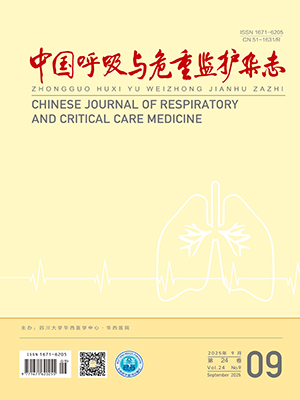Objective To investigate the role of plasma neuropeptide Y ( NPY) level in obstructive sleep apnea-hypopnea syndrome ( OSAHS) . Methods The patients underwent polysomnography ( PSG)monitoring in the sleep disorder center of Zhongda Hospital from January 2008 to December 2009 were analyzed. Plasma NPY levels were compared between different groups allocated according to apnea-hypopnea index ( AHI) and body mass index ( BMI) . Plasma NPY levels were measured by enzyme-linked immunoassay. Results The plasmaNPY levels in the severe and moderate OSAHS groups were significantly higher than the groups withoutOSAHS of the same weight degree ( P lt;0. 05) . The plasmaNPY levels in the severe OSAHS groups were significantly higher than the groups with mild and moderate OSAHS of the same
weight degree. In the severe OSAHS patients, the plasma NPY level of the obese group was significantly higher than the overweight group and the normal weight group( P lt;0. 05) . In the non-OSAHS and mild to moderate OSAHS patients, there was no significant difference among different groups of weight ( P gt;0. 05) .Plasma NPY level in the OSAHS patients was correlated positively with AHI ( r =0. 667, P lt;0. 05) and BMI( r =0. 265, P lt;0. 05) , but negatively with LSaO2 ( r = - 0. 523, P lt; 0. 05) and MSaO2 ( r = - 0. 422, P lt;0. 05) . Conclusion Plasma NPY level is correlated with OSAHS, and increases with the severity of OSAHS. Plasma NPY level has no correlation with obesity.
Citation: KAN Haifeng,LIN Yong. Changes and Implications of Plasma Neuropeptide Y Level in Patientswith Obstructive Sleep Apnea-Hypopnea Syndrome. Chinese Journal of Respiratory and Critical Care Medicine, 2011, 10(3): 224-228. doi: Copy
Copyright © the editorial department of Chinese Journal of Respiratory and Critical Care Medicine of West China Medical Publisher. All rights reserved




